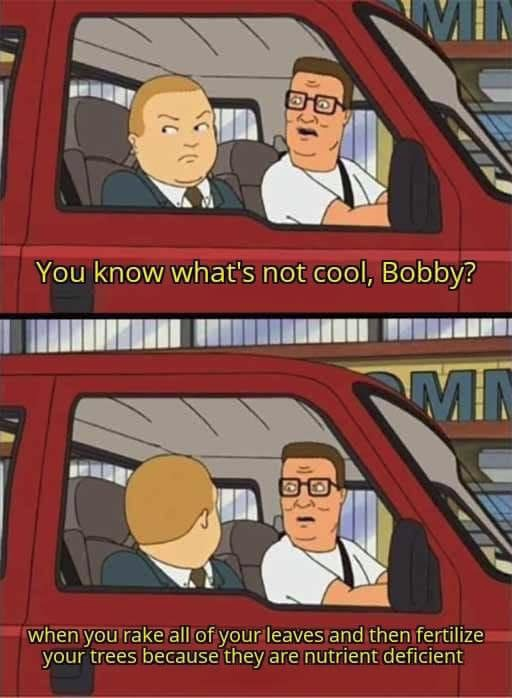this post was submitted on 27 Nov 2024
581 points (98.3% liked)
Science Memes
13138 readers
1902 users here now
Welcome to c/science_memes @ Mander.xyz!
A place for majestic STEMLORD peacocking, as well as memes about the realities of working in a lab.

Rules
- Don't throw mud. Behave like an intellectual and remember the human.
- Keep it rooted (on topic).
- No spam.
- Infographics welcome, get schooled.
This is a science community. We use the Dawkins definition of meme.
Research Committee
Other Mander Communities
Science and Research
Biology and Life Sciences
- [email protected]
- [email protected]
- [email protected]
- [email protected]
- [email protected]
- [email protected]
- [email protected]
- [email protected]
- [email protected]
- [email protected]
- [email protected]
- [email protected]
- [email protected]
- [email protected]
- [email protected]
- [email protected]
- [email protected]
- [email protected]
- [email protected]
- [email protected]
- [email protected]
- [email protected]
- [email protected]
- [email protected]
- !reptiles and [email protected]
Physical Sciences
- [email protected]
- [email protected]
- [email protected]
- [email protected]
- [email protected]
- [email protected]
- [email protected]
- [email protected]
- [email protected]
Humanities and Social Sciences
Practical and Applied Sciences
- !exercise-and [email protected]
- [email protected]
- !self [email protected]
- [email protected]
- [email protected]
- [email protected]
Memes
Miscellaneous
founded 2 years ago
MODERATORS
you are viewing a single comment's thread
view the rest of the comments
view the rest of the comments

Well, based on our prior conversations I suspect you know far more about soil science than I do, I only know the basics necessary for arboriculture.
So what you wrote is of course accurate but I understand both to be at play here—leaves break down into humus that chelates minerals and supports fungi that can hold onto nutrients and keep them from leaching away in rain. Leaves also provide a physical barrier that protects soil from physical erosion. But let me know if I got anything wrong.
My overall point was mainly just that you don’t need to replace leaves with fertilizer if you are removing them, but it’s still a good idea to leave them in place for other reasons.
First and foremost, I'm not trying to nitpick - I just really like dirt. It's embarrassing kinda.
Secondly, being a good soil scientist doesn't necessarily mean you have a good understanding of plant requirements. Plants are their own can of worms, and their needs vary by species.
Third, the soil carbon and fertility cycle is a terrifying place. There are so many facets of organic matter in the soil it will make your head spin. In some cases OM can be physically protected by other, more recalcitrant OM.
Building up OM can yield more humus and more cation exchange capacity, which does play a role in fertility for secondary and micronutrients.
I really don't know much about fungi holding onto minerals, but in general, the organic nutrients (like P tied up in ATP) only get released when organisms die, so in that capacity fungi and other biota play a buffering role